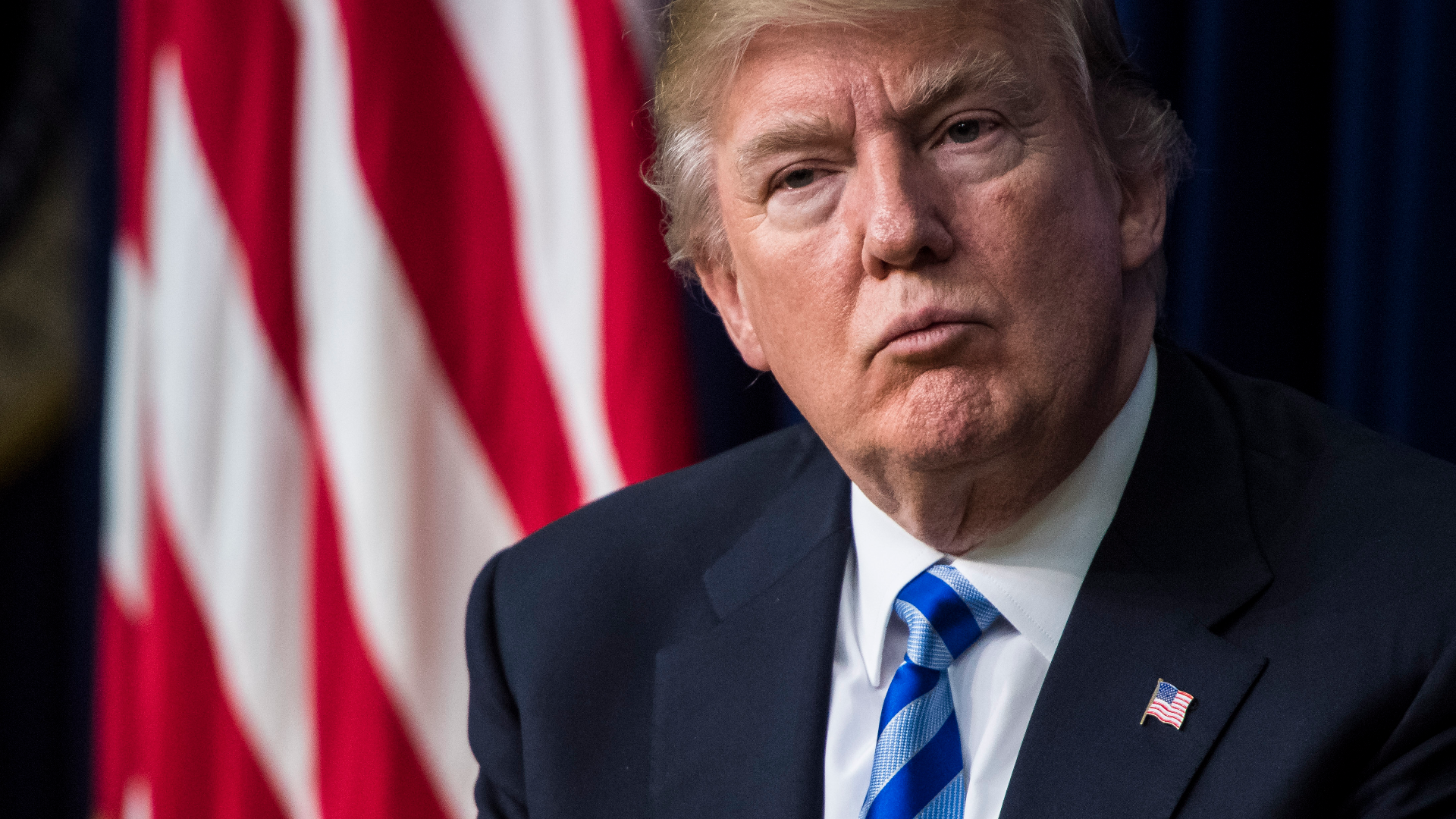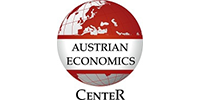On President Trump’s new magical formula
They charge us, we charge them, we charge them less. So how can anybody be upset? They will be, because we never charged anybody anything. But now we’re going to charge.
Donald J. Trump
In a rather pompous fashion, with great fanfare and with his most loyal entourage attentively sitting in the audience, President Donald Trump announced his new tariffs on Wednesday in the White House’s beautiful Rose Garden: It is Liberation Day! With a proud yet aggressive undertone, Trump explained that the time has come to introduce comprehensive import tariffs of at least 10 % on all goods from all countries in the world.
On top of the 10%, he announced exorbitant reciprocal tariffs on products from all those trading partners which allegedly have ripped off the United States for decades. Trump is thus again ushering in the ideas of Mercantilism, outdated for more than 200 years, and sells them as the new era of US trade policy. This approach has far-reaching consequences for the entire global economy.
Without any congressional authorization and employing unconvincing explanations, most of these so-called reciprocal tariffs neither reflect trade impediments of trading partners nor are they taking trade barriers imposed by the United States into account.
In order to give his policy at least some sort of scientific backing, his administration quickly published a fairly complex formula, along with several explanations intended to elucidate the steep individual rates for a number of countries. However, it seems that their tariffs on US imports were apparently not the deciding factor. Rather, the calculations leading to these reciprocal tariffs were based on the US trade deficit with other countries that has long troubled Trump and his close advisors. In other words, the difference between exports and imports only for goods, not for services. According to the usually well informed New York Times (April 3, 2025), the fairly complex formula seems to be grounded on a stunningly simple, yet actually illogical method:
First, Trump takes the US trade deficit with a particular country and divides it by that country’s exports to the US. As a second step, the result is then multiplied by the factor 100, yielding the supposed tariff level that the respective country imposes on the US. And finally, this blurred number is then again divided by 2 in order to obtain his beloved reciprocal tariff rate. The US trade deficit with China could be used as an example:
According to government data, the trade deficit of the USA with China currently stands at US$291.9 billion, while the US imports from China totaled US $433.8 billion. In other words, Trump’s calculation runs like this: $291.9 billion / $433.8 billion = a ratio of about 68%. As he claims that China imposes an average of 68% tariffs on US goods, he divides this number by two, and arrives at his reciprocal tariff rate of 34%.
And in the case of the EU, the math behind Trump’ tariffs is the same: The trade surplus of $235.6 billion is divided by $605.8 billion in EU exports to the US. This results in 0.39 – or, in Trump’s logic, an EU tariff rate on US goods of 39 %. This supposed tariff rate of 39 %, divided by 2, rounds up to the new US tariff rate on EU imports of 20 %.
Needless to add here, that this peculiar method not only ignores basic economics. It also excludes services (technology, film studios, financial services). Any random country’s trade deficit with the US says little about its trade policy but rather shows the demand for imported goods. The economic logic behind the new formula remains dubious and the ideal of free trade has been trumped by Trump.
































